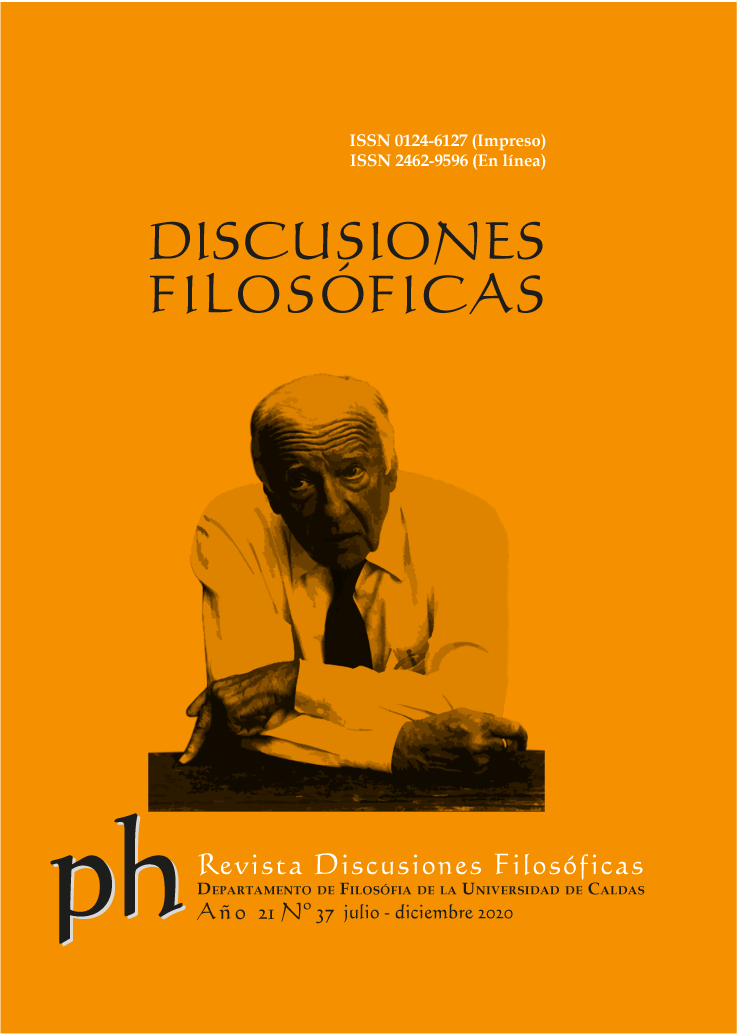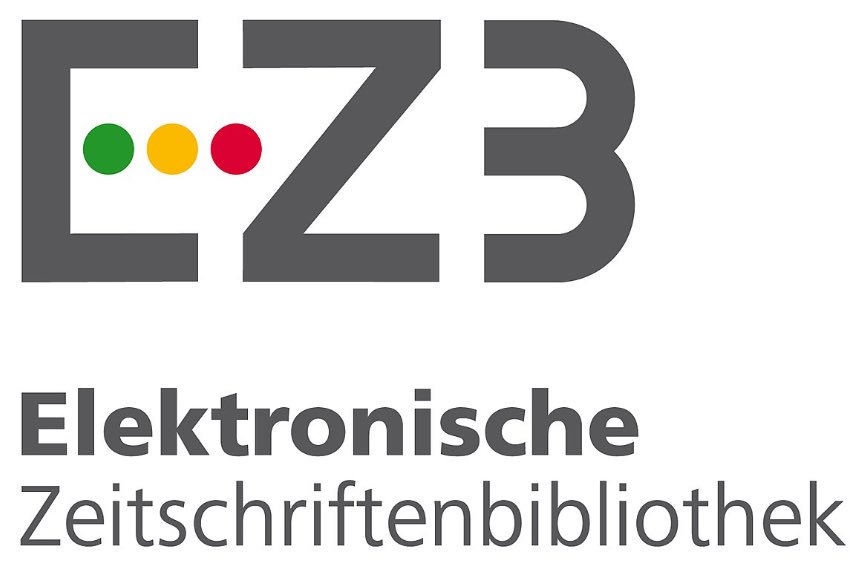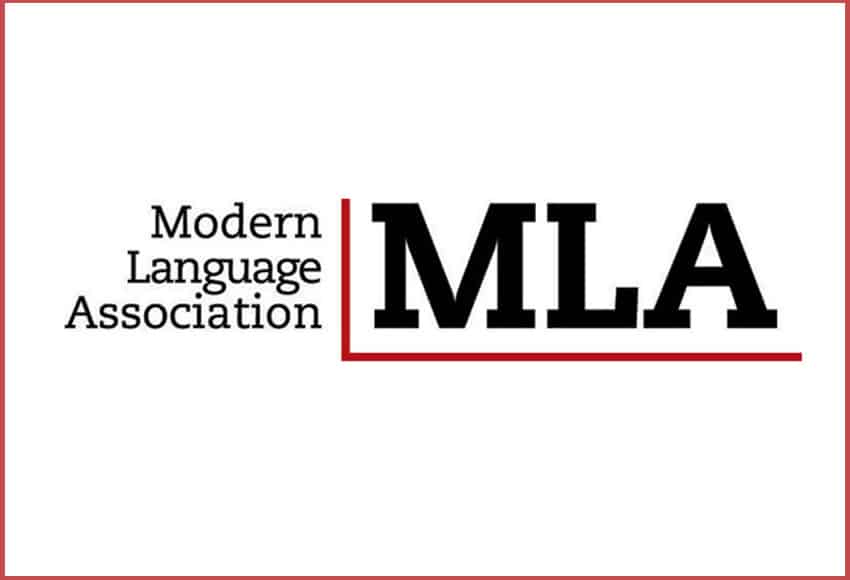Authors
Abstract
This paper is focused on the substitution of a transcendental view of the world, whose axial symbol is the cross, for an immanent one, whose symbol is the sphere. The goal of these pages is to expose, with the help of aesthetics models, the hidden meaning of this movement. In relation with the methodology, we will find help in hermeneutic foundations pertaining to the function of the symbol. We conclude that, after a time of necessary relativism and the proliferation of perspectivisms, emerges today a new stage of symbolic reorganization by means of a transcendental monism.
Keywords
References
Assmann, Jan. Violencia y monoteísmo. Barcelona: Fragmenta, 2014. Impreso.
Bataille, Georges. Oeuvres Complètes I. Paris: Gallimard, 1979. Impreso.
Cirlot, Juan Eduardo. Bronwyn IV. Madrid: Siruela, 2001. Impreso.
Gray, John. Liberalism. Minneapolis: University of Minnesota Press, 1986. Impreso.
Jaspers, Karl. Origen y meta de la historia. Barcelona: Acantilado, 2017. Impreso.
Méndez, Sigmund. “Del Barroco como el ocaso de la concepción alegórica del mundo”. Andamios 2.4 (2006): 147-180. Web. 10 de febrero de 2021.
Neumann, Erich. The Archetypal World of Henry Moore. New York: Pantheon Books, 1959. Impreso.
Oteiza, Jorge. Quosque Tandem…! Navarra: Fundación Museo Jorge Oteiza, 2007. Impreso.
Schelling, Friedrich Wilhelm Joseph. Obras selectas. Madrid: Gredos, 2012. Impreso.
Skolimowski, Henryk. La mente participativa. Girona: Atalanta, 2016. Impreso.
Sloterdijk, Peter. Esferas I. Madrid: Siruela, 2009. Impreso.
Trías, Eugenio. La edad del espíritu. Barcelona: Destino, 2000. Impreso.
Wunn, Ina, Las religiones en la Prehistoria. Madrid: Akal, 2012. Impreso.

 PDF (Español)
PDF (Español)
 FLIP
FLIP





























